This 3D Model of 'Star Fighter from Buck Rogers in the 25th Century consists of files in StereoLithography (.Stl) format that is optimized for 3D printing.
Before printing the files, we strongly recommend reading the PRINTING DETAILS section.
WHAT WILL YOU GET AFTER PURCHASE?
- 2 versions of Thunderfighter STL files for FFF/FDM and DLP/SLA - files for all versions are available for download after the purchase;
- STL files of high-poly Buck Rogers' Thunder Fighter 3D Model for 3D printing consist of 63 files;
- Sizes:
- FFF/FDM: 74 mm tall, 160 mm wide, 287 mm deep;
- FFF/FDM (on the platform): 138 mm tall, 160 mm wide, 287 mm deep;
- DLP/SLA: 37 mm tall, 80 mm wide, 143 mm deep;
- DLP/SLA(on the platform): 69 mm tall, 80 mm wide, 143 mm deep;
- Assembly Manual for FFF/FDM 1.0 and DLP/SLA 1.0 versions in PDF format;
- Detailed settings that we provide as a recommendation for Cura, Simplify3D, Slic3r and PrusaSlicer for the best print;
- Full technical support from the Gambody Support Team.
Detailed information about this 3D printing model is available in the DESCRIPTION section.
ABOUT THIS 3D MODEL
We all love imagining what the distant future will look like, and the sci-fi adventures of Buck Rogers in the 25th Century can give us a fun glimpse into that! Together with the protagonist, who accidentally spent 504 years in cryopreservation, we can explore the world beyond our imagination and take part in epic dog fights with beautiful starfighters.
To make that dream tangible, you can 3D print the incredibly detailed Thunder Fighter model created by our contributor. The majestic craft of the Earth Defense Directorate is built around two pointy "booms" and powerful twin engines mounted at the aft end. Between them, a life-like cockpit with two different configurations is seated. Choose your display for the masterly designed craft and get ready for takeoff!
ADAPTATION FOR 3D PRINTING
Thunder Fighter for 3D printing is a static assembly model and its moderation and adaptation for different types of 3D printers took the Gambody team 36 hours in total.
For you to receive the cleanest 3D printing result possible and minimize the amount of filament needed for generated support, the ship was divided into convenient assembly parts.
All assembly parts in the FFF/FDM 1.0 version are provided in STL files in recommended positions that were worked out in order to ensure the smoothness of the details’ surfaces after printing and that the 3D printing beginners won't face difficulties when placing the parts on a build plate. When downloading any model's file you will also receive "Assembly Manual" for FFF/FDM 1.0 and DLP/SLA 1.0 versions in PDF format. We highly recommend that you get acquainted with the “Assembly video” and "Assembly Manual" before getting down to the Thunder Fighter model.
The model is saved in STL files, a format supported by most 3D printers. All STL files for 3D printing have been checked in Netfabb and no errors were shown.
The model’s scale was calculated from the length of the Thunder Fighter which is 9200 mm. The 3D printing model’s chosen scales are 1:32 for the FFF/FDM version and 1:64 for the DLP/SLA version.
VERSIONS' SPECIFICATIONS
FFF/FDM 1.0 version features:
- Contains 37 parts;
- A printed model is 74 mm tall, 160 mm wide, 287 mm deep;
- A printed model on the platform is 138 mm tall, 160 mm wide, 287 mm deep;
- Two cockpit canopy options - with a hinge and with removable panels for a more authentic look;
- You can assemble the cockpit interior with one pilot seat and a control board or with two pilot seats;
- You can display the model on the decorative platform or on the extended landing gear;
- Tunnels for LED wiring are provided to light up the cockpit and twin engines; the battery can be stored in the hidden compartment in the underside of the craft;
- All parts are divided in such a way that you will print them with the smallest number of support structures.
DLP/SLA 1.0 version features:
- Contains 26 parts;
- A printed model is 74 mm tall, 160 mm wide, 287 mm deep;
- A printed model on the platform is 138 mm tall, 160 mm wide, 287 mm deep;
- Two cockpit canopy options - with a hinge and with removable panels for a more authentic look;
- You can assemble the cockpit interior with one pilot seat and a control board or with two pilot seats;
- You can display the model on the decorative platform or on the extended landing gear;
- Tunnels for LED wiring are provided to light up the cockpit and twin engines; the battery can be stored in the hidden compartment in the underside of the craft;
- All parts are divided in such a way to fit the build plates and to ensure that support structures are generated where needed.
You can get the model of Thunder Fighter for 3D Printing immediately after the purchase! Just click the green Buy button in the top-right corner of the model’s page. You can pay with PayPal or your credit card.
Watch the tutorial on how to assemble Thunder Fighter 3D Printing Model on Gambody YouTube channel.
Also, you may like other Space Ships models for 3D printing.
_______
FAQ:
Where can I print a model if I have no printer?
How to get started with 3D printing?
How to set up my 3D printer?
How to choose right 3D model print bed positioning?
How to paint printed figurine?
Generic
Below you can find printing recommendations for Cura, Bambu Lab, Simplify3D, Slic3r and PrusaSlicer software.
Disclaimer: The following printing settings are a recommendation, not an obligation. The parameters can vary depending on the peculiarities of your 3D printer, the material you use, and especially the particular assembly part you are working with. Each part that any model comprises often needs preliminary review, and you are free to tweak the settings the way you find suitable.
Note:
You can scale up the model (downscaling for FFF/FDM 3D printers is not recommended!);
All connectors should be printed at 100% Infill.
Bambu Lab printing recommendations:
These basic 3D printing settings recommendations for beginners were tested in Bambu Studio 1.9.5. Test models were printed on the Bambu Lab A1, Bambu Lab A1 Mini, Creality Ender 3 S1, Anycubic Kobra 2, and Anycubic Vyper using PLA and PETG filaments.
To avoid printing problems, we recommend the following settings: download
Cura printing recommendations:
These are averaged settings which were tested in the Cura 5.8.1 slicer. Test models were printed on Anycubic Vyper, Creality Ender 3 Pro with PLA filament.
To avoid printing problems, we recommend the following settings: download
Simplify3D printing recommendations:
These are averaged settings which were tested in the Simplify3D 5.0.0 slicer. Test models were printed on Anycubic Vyper, FLSUN v400, Ender3 S1 with PLA filament.
To avoid printing problems, we recommend the following settings: download
Slic3r printing recommendations:
These basic 3D printing settings recommendations for beginners were tested in Slic3r 1.3.0 software. Test models were printed on Ultimaker 2, Creality Ender 3, Creality Cr-10S pro v2, Anycubic I3 Mega, Anycubic I3 MegaS, Anycubic Vyper with PLA and PetG filaments.
To avoid printing problems, we recommend the following settings: download
PrusaSlicer printing recommendations:
These basic 3D printing settings recommendations for beginners were tested in PrusaSlicer 2.3.1. Test models were printed on Ultimaker 2, Creality Ender 3, Creality Cr-10S pro v2, Anycubic I3 Mega, Anycubic I3 MegaS, Anycubic Vyper with PLA and PETG filaments.
To avoid printing problems, we recommend the following settings: download

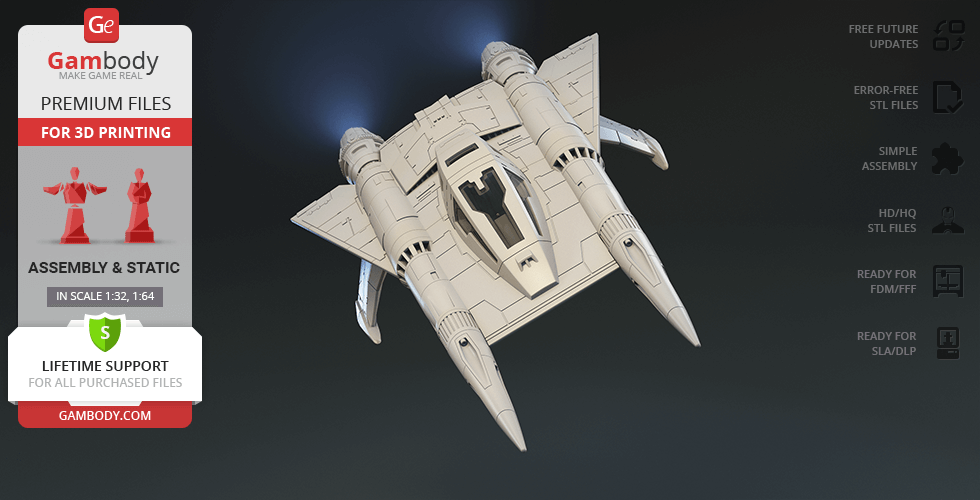
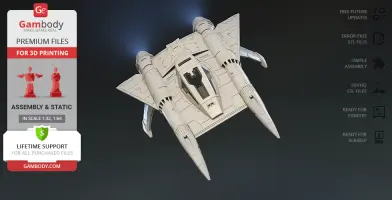
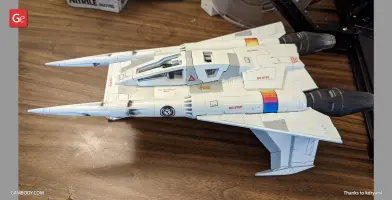
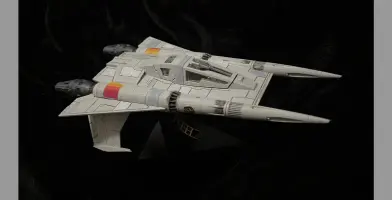
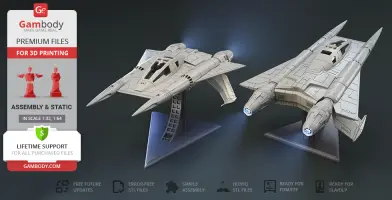
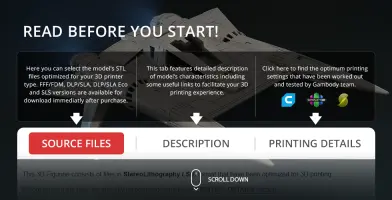

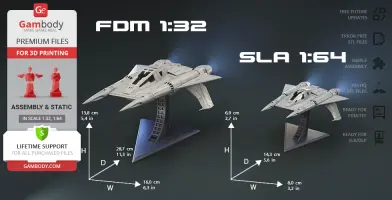
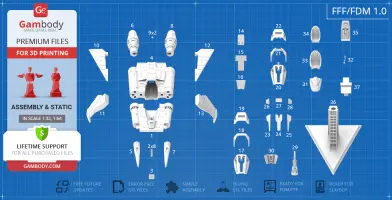
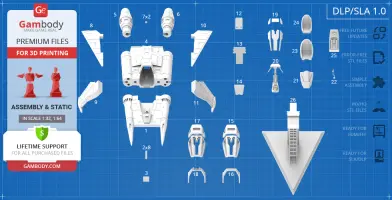

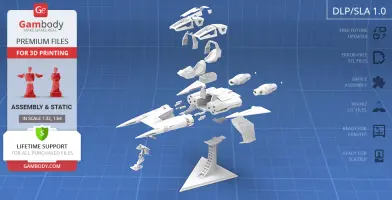
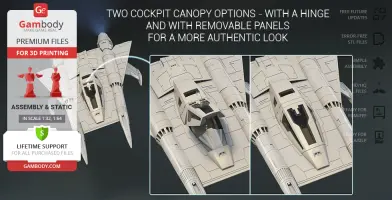
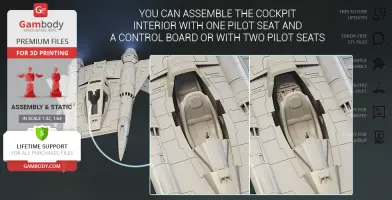
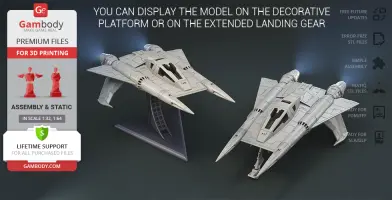
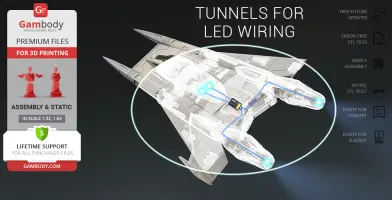
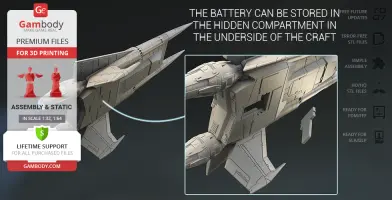
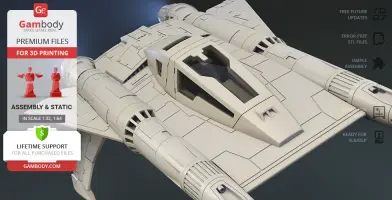
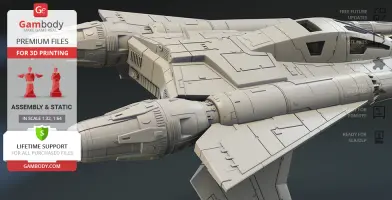
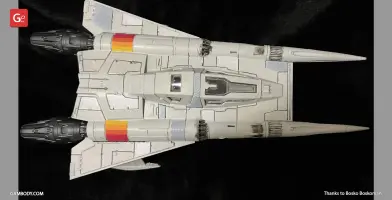
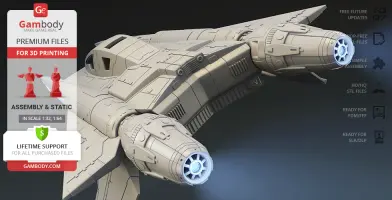
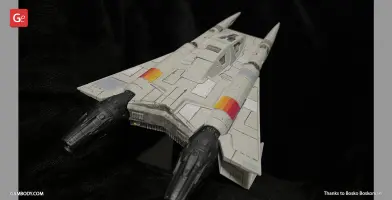
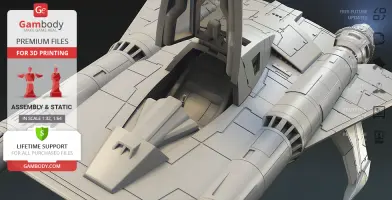
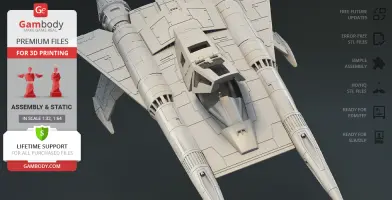
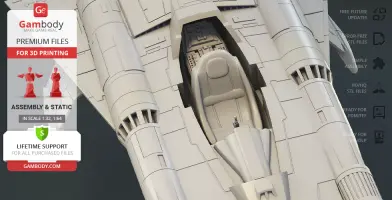
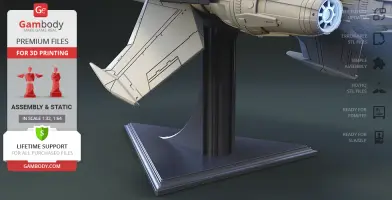
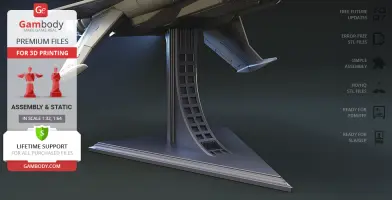

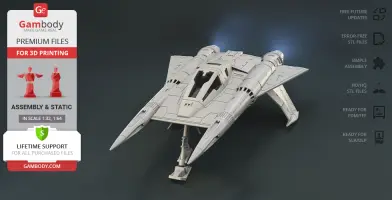
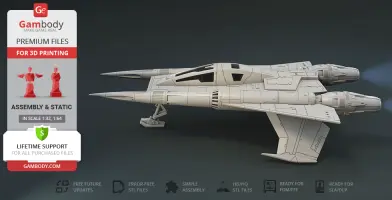
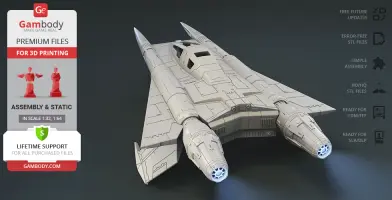
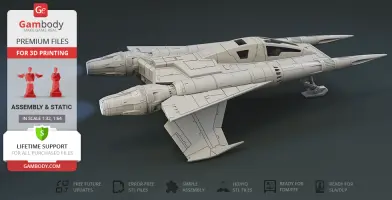
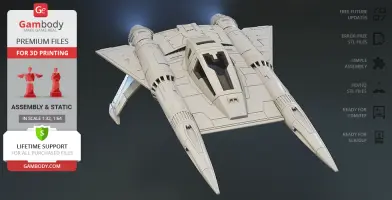
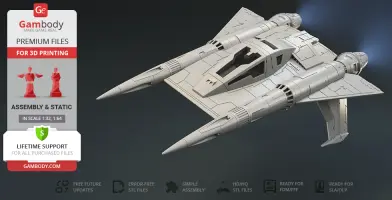
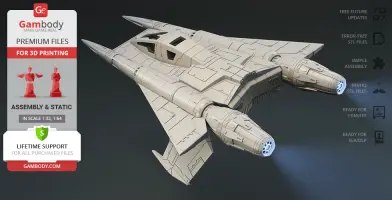
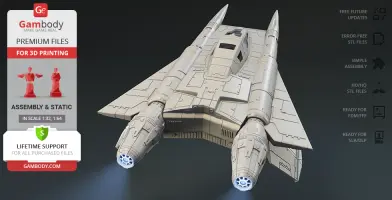
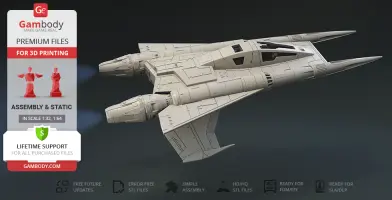
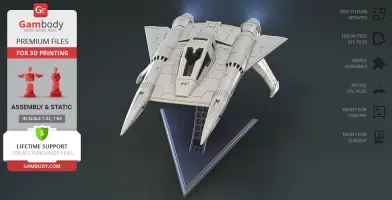
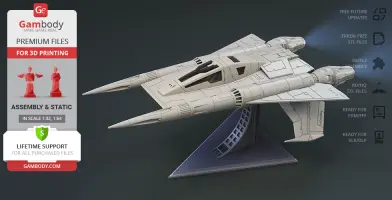


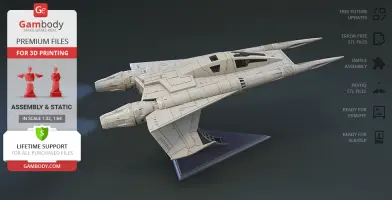
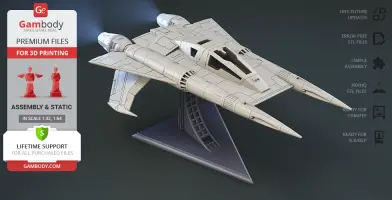
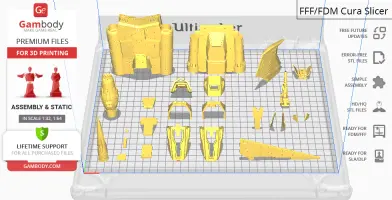
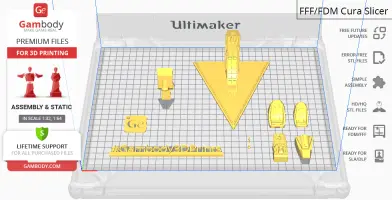
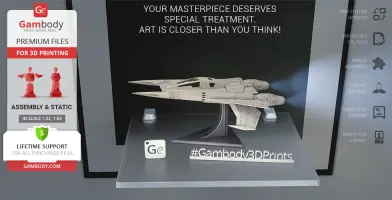


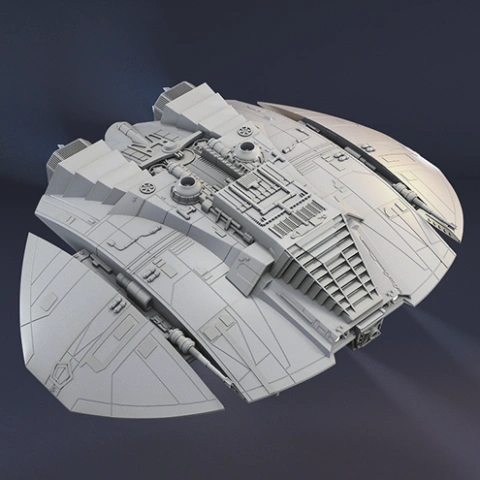
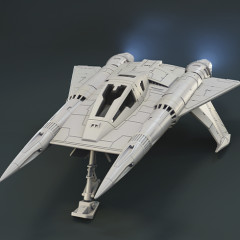
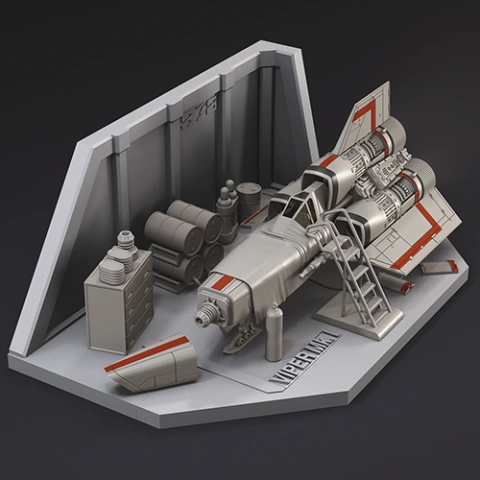
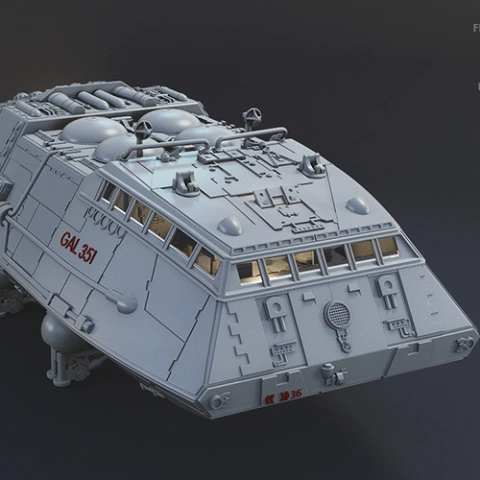
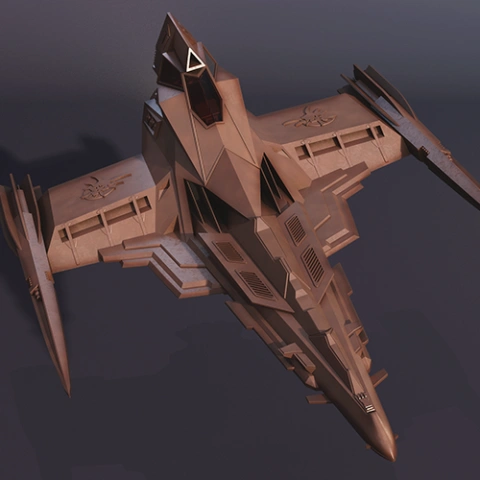
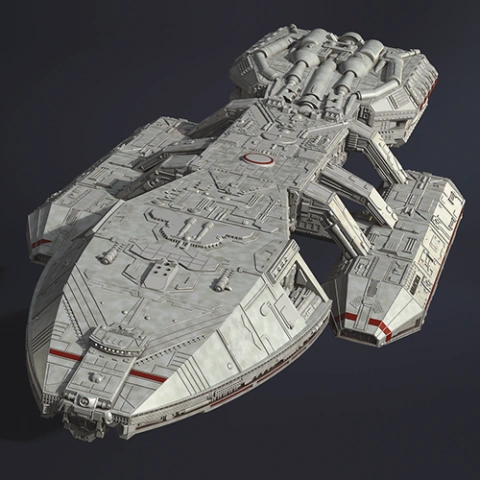
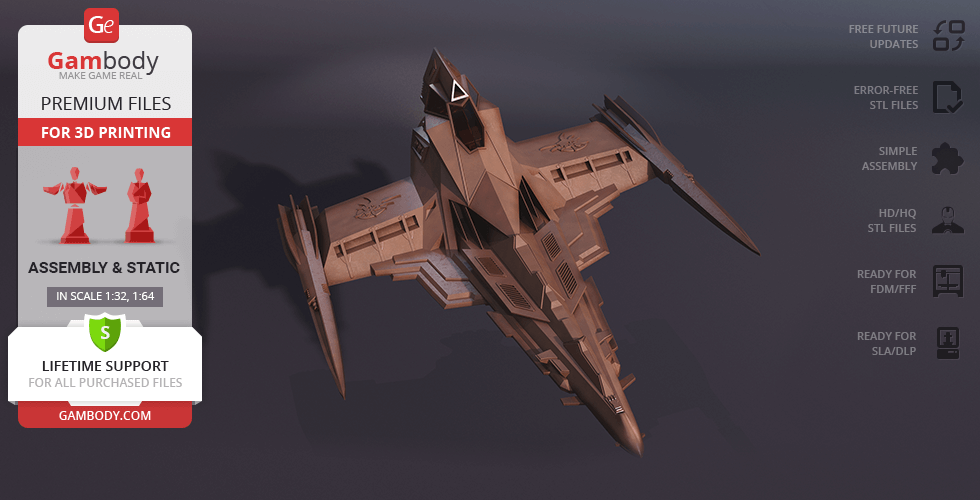
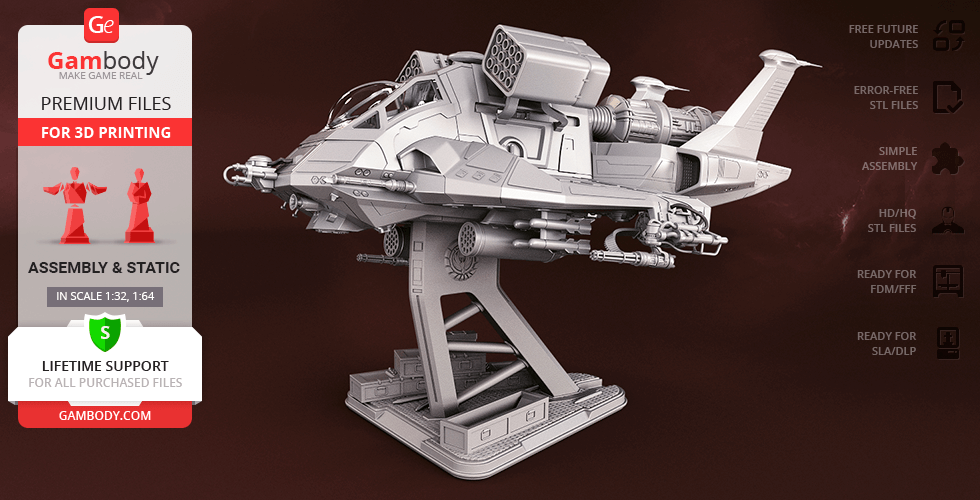
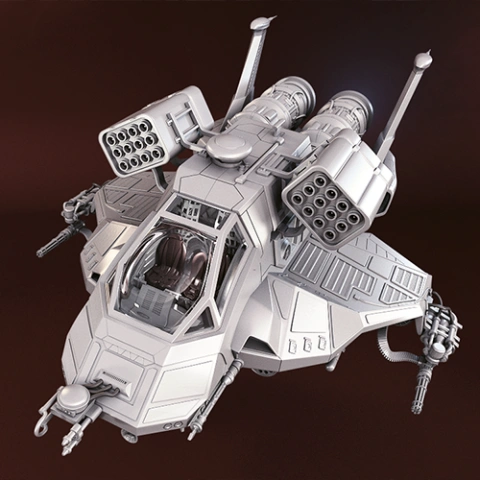
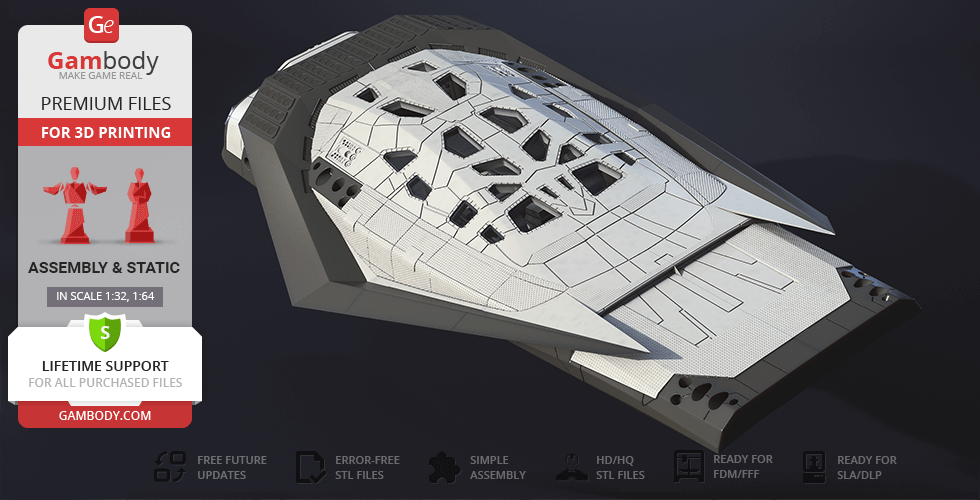
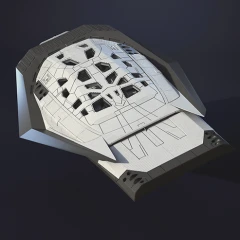
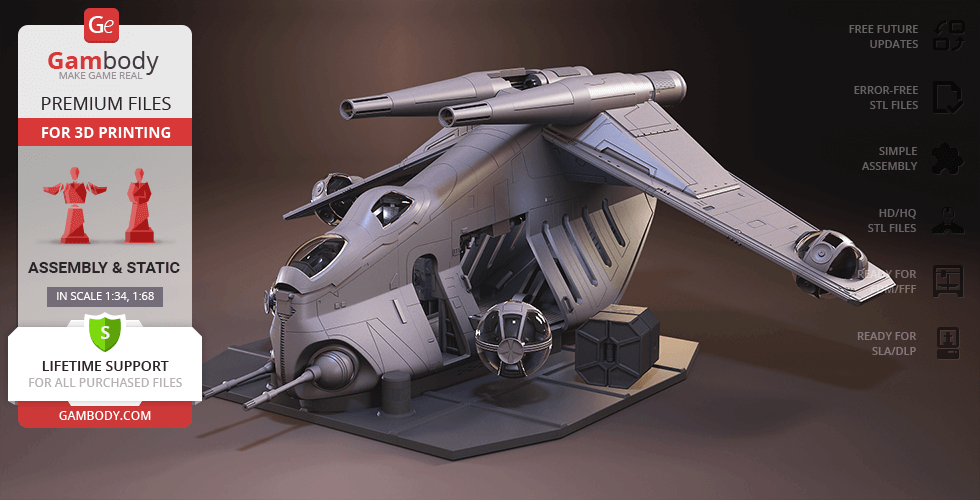

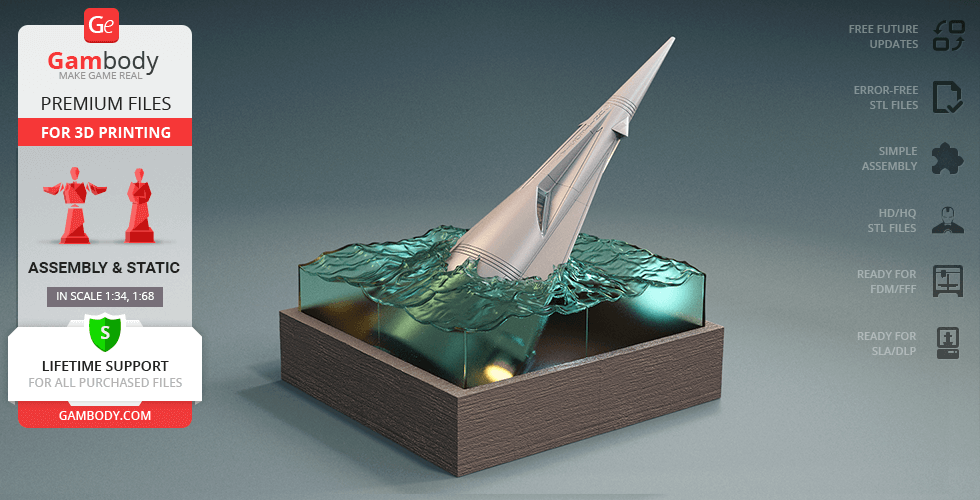
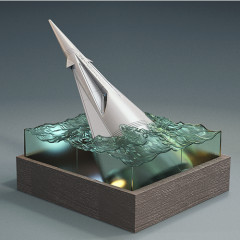
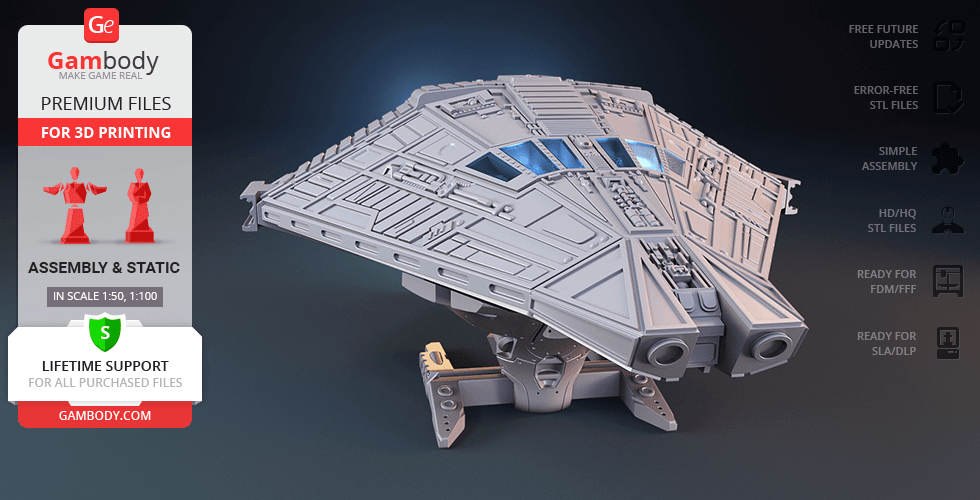
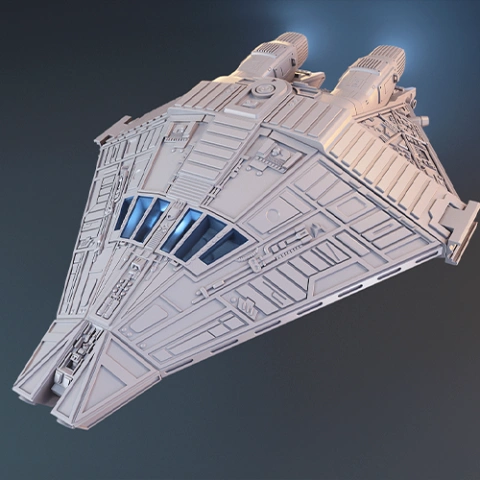
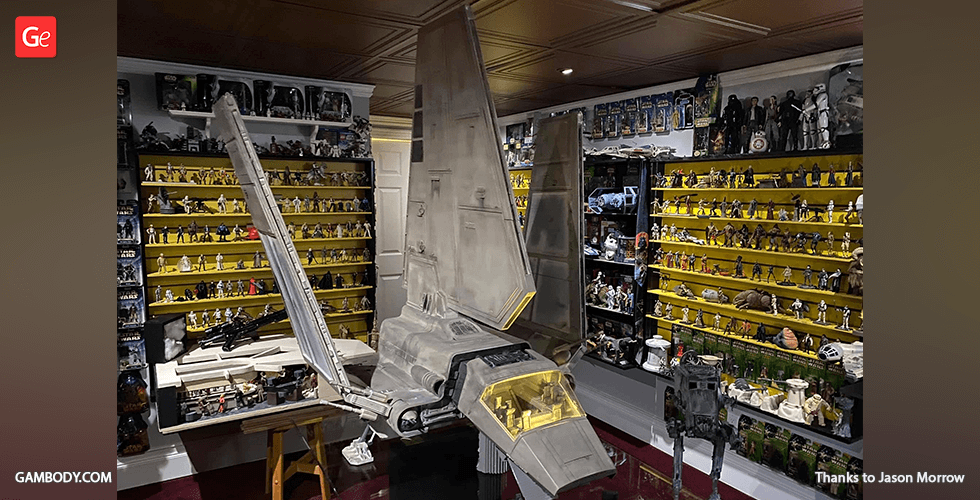

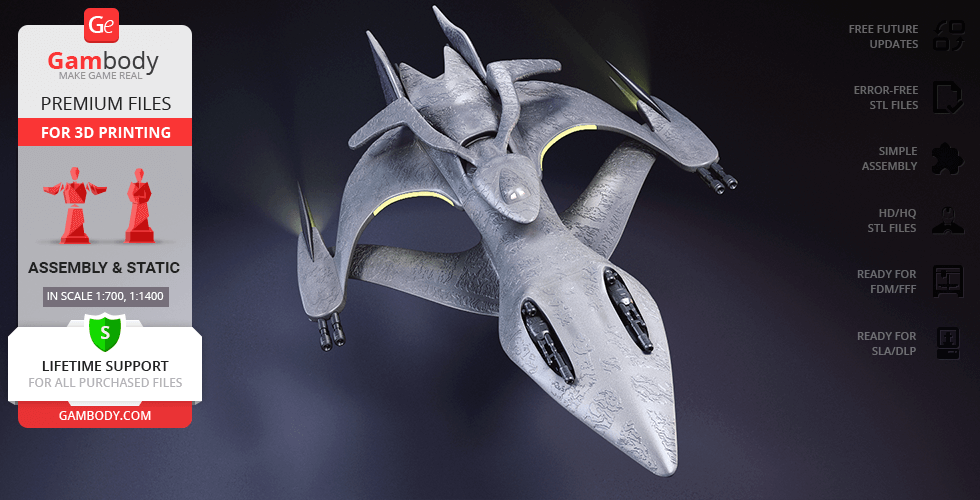
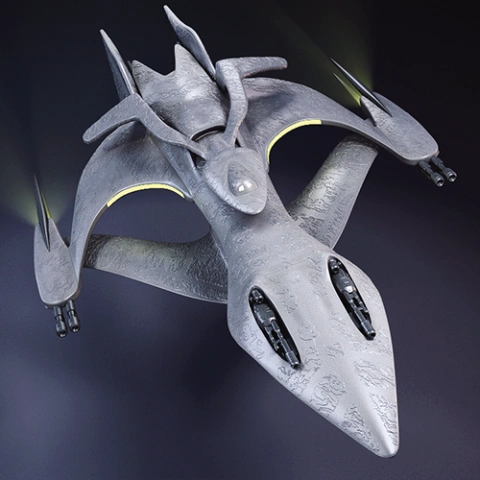
Comments